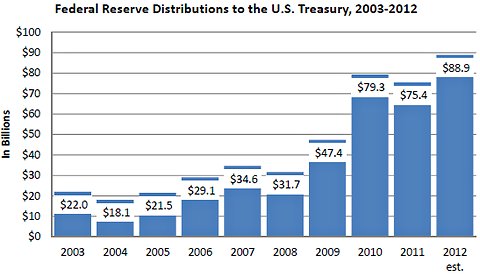HONG KONG — Deflation remains firmly entrenched in Japan, figures showed Friday, as the central bank projected that its targeted level for inflation was still some years off, underscoring that there are no quick fixes for one of the world’s largest economies.
Prime Minister Shinzo Abe, who took office last December, has made the fight against deflation — the damaging fall in prices, profits and wages that has dogged Japan for most of the past 15 years — a main part of his economic policy. He pressed the central bank to commit to a target of 2 percent annual inflation, considered by many economists a healthy level.
On Friday, the central bank, the Bank of Japan, under the leadership of its new governor, Haruhiko Kuroda, put a date on that target: 2015 or early 2016.
“Various indicators are showing signs that inflation expectations are heightening as a trend,” Mr. Kuroda said in a news conference Friday, Reuters reported. “Business and household sentiment is improving.”
On Friday, the central bank raised its growth forecasts for this year and next. The bank said the economy would gradually accelerate to 1.6 percent growth in the fiscal year that ends in March 2016. That is up from the bank’s projection of 1 percent growth in the year that ended in March 2013.
“Japan’s economy has stopped weakening and has shown some signs of picking up,” the Bank of Japan said in its economic report. “Looking ahead, it is expected to return to a moderate recovery path around mid-2013.” The bank cited a likely improvement in domestic demand as the increased money supply and other economic measures announced so far take effect.
However, worse-than-expected inflation data for March, released by the statistics bureau Friday, underlined the challenges ahead. Core consumer prices, which exclude food, fell 0.5 percent compared with March 2012, the fifth consecutive month of year-on-year declines.
The figure “offered another reminder that deflationary pressures remain strong,” Izumi Devalier, Japan economist at HSBC, wrote in a research note. Although a gradual escape from deflation is expected, thanks in part to higher energy prices, “the pace of inflation is unlikely to match” the Bank of Japan’s “optimistic projections,” Ms. Devalier added.
Although various factors will ultimately cause inflation to pick up, the hurdle for reaching the inflation target is “getting higher,” Miwako Nakamura, an economist at J.P. Morgan, wrote in a research note.
Under Mr. Kuroda, the central bank announced unexpectedly bold steps this month aimed at reinvigorating economic and price growth.
These included plans for the central bank to buy longer-term bonds aggressively and double its holdings of government bonds in two years. Mr. Kuroda described the program as “monetary easing in an entirely new dimension” that would make a change from incremental steps of the kind that had been pursued by his predecessors.
The financial markets have welcomed Mr. Abe’s and Mr. Kuroda’s joint efforts: The Nikkei 225-stock index has risen 30 percent since the start of the year, while the yen has fallen 14 percent against the U.S. dollar — much to the relief of Japanese exporters, for whom a weaker yen is welcome as it makes their goods cheaper for consumers abroad.
Several Japanese corporate giants, including Honda, Toyota and Canon, have cited the weaker yen as a reason for improved earnings and outlooks in recent days.
On Friday, Honda said its net profit for the financial year that ended in March was up 73.6 percent at ¥367.15 billion, or $3.72 billion, according to Reuters. Mazda made a yearly net profit of ¥34.3 billion, after a ¥107.7 billion loss in the previous year.
Many analysts, however, have cautioned that structural overhauls aimed at promoting foreign direct investment and bringing more women to the country’s aging and shrinking work force are needed if the turnaround in Japan’s economic fortunes is to be sustained.
Growth strategies aimed at stimulating private investment are the most important of the policy arrows in Mr. Abe’s quiver, Kunihiko Sugio, chief investment officer at Invesco Japan, said in a recent research note.
This “arrow,” he added, “is still in Abe’s hand waiting to be fired.”
Article source: http://www.nytimes.com/2013/04/27/business/global/27iht-yen27.html?partner=rss&emc=rss

